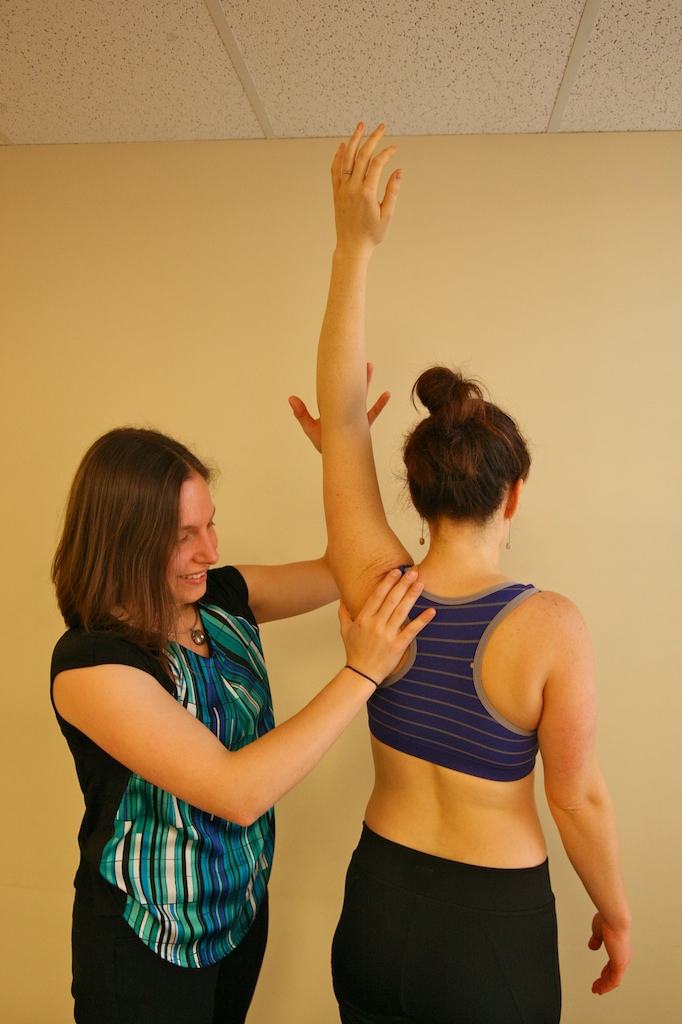Why can’t I figure out how to treat my shoulder pain?
Shoulders: We carry the weight of the world on them, but don’t spend a lot of time trying to figure them out. Yet our shoulders are each incredibly complicated joint systems. The positive aspect of this complexity is that your shoulders allow your body to undertake an amazing range of activities. On the down side, when something goes wrong with one or both of them, it can be complicated to treat on your own.
Specifically, each one of your shoulders is made up of four joints, which are connected not only to one another, but form the connecting unit to your shoulder blades, collarbone and upper arms. Because of this interdependence, any problem with your shoulder often means trouble performing functions that require almost any kind of upper-body mobility.
What causes shoulder pain?
The causes of shoulder problems can stem from a sudden injury, a lifetime of poor posture, or conditions which weaken joint tissue. These conditions include various forms of arthritis and other inflammatory disorders.
Aggravating injuries include shoulder dislocation and broken arms, rotator cuff tearing, and falls or blows to your torso. In addition, shoulders tend to carry problems with other parts of your body, so that even heart disease or gallbladder problems can show up as “referred pain” in your shoulders.
Common Shoulder Problems
- Rotator Cuff Strains and Tears
- Biceps Tendinitis and Tendinosis
- Upper Crossed Syndrome
- Shoulder Impingement Syndrome
- Frozen Shoulder Syndrome
- Thoracic Outlet Syndrome
- Post Operative Weakness/Tightness From Surgery For: Large Rotator Cuff Tears, Labral Tears, Total Shoulder Replacements
What does physical therapy do to stop shoulder pain and stiffness?
Our highly trained physical therapists work with you on a variety of stretching and rehabilitation exercises to bring pain-free mobility back to your shoulder. A complete evaluation will verify exactly where the problem is, as well as its severity.
To be most effective, most physical therapy for shoulder pain will incorporate strength and flexibility in entire shoulder moves. Stretching is key for improving flexibility. Your therapist will likely talk you through stretching moves, as well as gently manipulate your muscles.
For building strength, your physical therapy will probably involve some form of resistance training, such as with free weights, long rubber bands, or even cycles that you pedal with your hands.
Ready to get started?
Whether you’re in need of post-surgical rehab or are hoping to avoid surgery, our comprehensive treatment plan is designed to both target the various parts of your complex shoulder system, and to keep you motivated throughout the session.
Call us today or make an connect with us online to learn how we can help you quickly relieve your shoulder pain.



